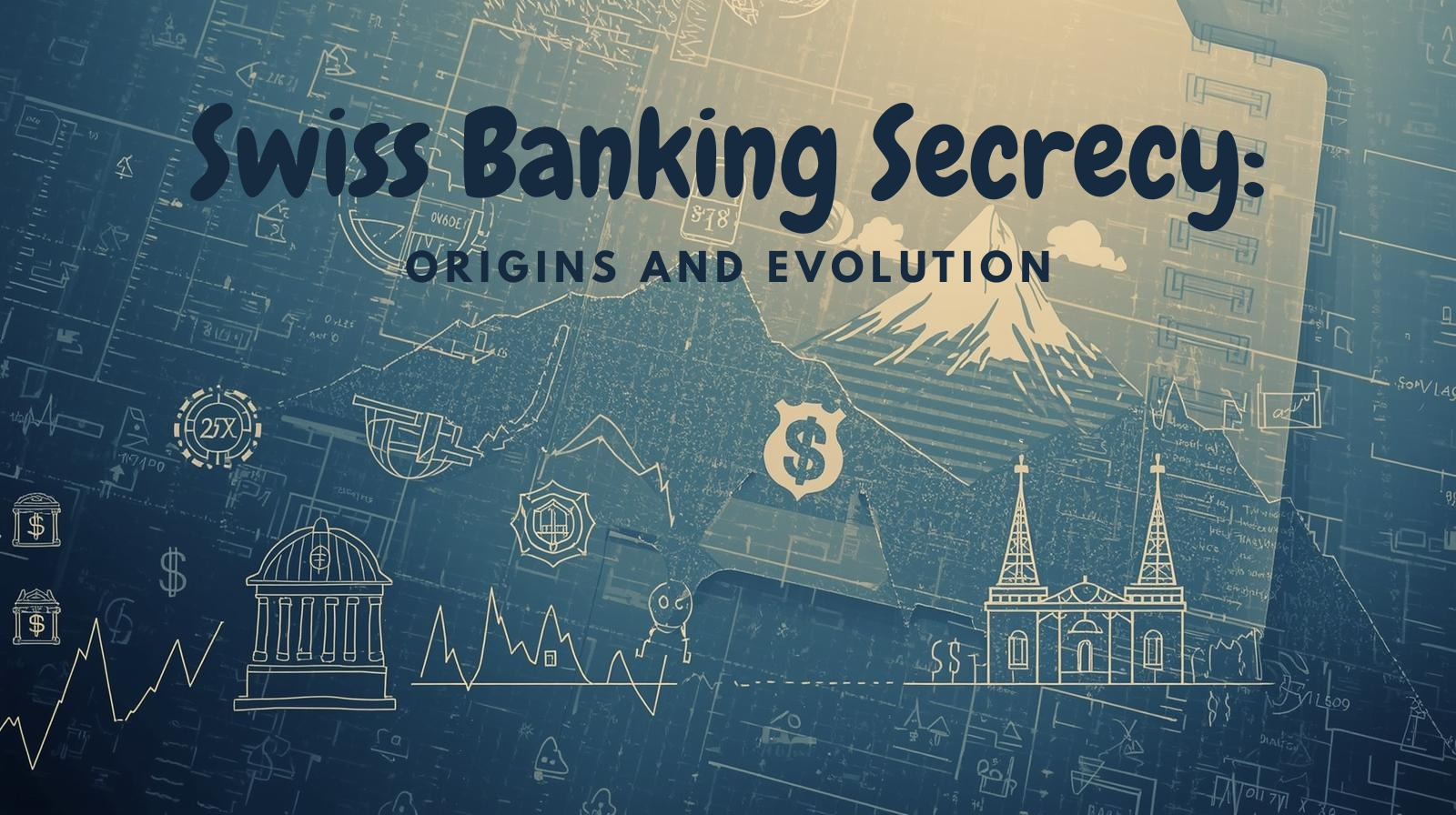A debt trap is a perilous financial situation where an individual's outstanding debt obligations become so significant relative to their income that they struggle to meet minimum payments. This often forces them to borrow even more simply to stay afloat, creating a downward spiral of increasing debt, mounting interest charges, and escalating financial stress. Recognizing the early warning signs is crucial for taking corrective action before the situation becomes unmanageable. Regularly paying only the minimum amount due on credit cards or loans is a major red flag. While it keeps the account current, you are making little to no progress paying down the principal balance. High interest rates, especially on credit cards, can cause debt to grow or remain stagnant for years, significantly increasing the total amount you repay and keeping you indebted for a longer period of time. If you frequently rely on credit cards to cover necessities like groceries, utilities, rent, or transportation because your income is insufficient, it's a strong indicator of financial distress. Funding essential expenses with high-interest debt is unsustainable and a sign that your expenses outweigh your income, pushing you deeper into debt each month. Your debt-to-income ratio (DTI) compares your total monthly debt payments (credit cards, loans, mortgage) to your gross monthly income. While benchmarks vary, a DTI exceeding 36% to 40% is often considered high and may indicate financial strain. If your DTI is steadily climbing, debt obligations are consuming an increasing portion of your income, leaving less room for other expenses or savings. Financial institutions become wary as this ratio climbs. Suppose your DTI is consistently high or increasing. In that case, it may be time to explore options like strict budgeting or professional guidance, such as that offered by credit counseling services or programs like Debt Management USA, to regain control. Constantly using one form of credit (e.g., a cash advance from one credit card) to make payments on another debt, without a clear strategy like consolidating at a significantly lower interest rate, is a classic sign of a debt trap. This practice often involves shuffling debt rather than reducing it, potentially incurring additional fees and higher interest charges, ultimately worsening the situation. An emergency fund is a crucial financial buffer against unexpected events like job loss, medical bills, or urgent home repairs. If you have little or no savings set aside, any unforeseen expense will likely force you to rely on credit cards or loans, adding to your debt burden and potentially triggering or deepening a debt trap cycle. Behavioral changes, such as ignoring phone calls from unknown numbers (potentially creditors) or letting mail pile up unopened to avoid seeing bills, are often subconscious indicators of overwhelming financial stress. While avoidance might provide temporary mental relief, it allows financial problems to fester and grow, leading to late fees, increased interest, collection actions, and further damage. While finances can be a source of concern for many, persistent and overwhelming stress, anxiety, or loss of sleep related explicitly to managing bills and debts is a significant warning sign. This ongoing mental burden indicates that your financial situation is likely becoming unsustainable and negatively impacting your overall well-being. It often signals that the debt load has exceeded your comfort level and capacity to manage effectively. Identifying one or more warning signs doesn't mean financial disaster is inevitable, but it does signal an urgent need for action. The earlier you recognize you might be heading into a debt trap, the more options you have to correct course. Create a detailed budget, track your spending, explore ways to increase income or reduce expenses, and consider seeking help from reputable non-profit credit counseling agencies or exploring structured debt relief options. Proactive steps are key to escaping the cycle and regaining financial control. 1. What should I do if I recognize several of these signs in my finances? Take immediate action. Start by creating a detailed budget to understand your income and expenses. Identify areas where you can cut spending. Contact your creditors to discuss potential hardship options or payment plans. Consider seeking guidance from a reputable non-profit credit counseling agency. 2. Can I escape a debt trap on my own? It is possible, especially if caught early, through disciplined budgeting, expense reduction, increasing income, and strategic debt repayment (like the snowball or avalanche method). However, if the debt is substantial or the situation feels overwhelming, professional help from credit counselors or debt management programs can provide structure, support, and negotiate benefits with creditors. 3. How does falling into a debt trap affect my credit score? A debt trap severely damages your credit score. Missing payments, high credit utilization ratios (using a large percentage of your available credit), accounts going into collections, and potential legal actions (like judgments or wage garnishments) all negatively impact your score significantly, making future borrowing difficult and expensive. 4. Is debt consolidation a good way to avoid or escape a debt trap? Debt consolidation can be helpful if you combine multiple high-interest debts into a single loan with a significantly lower interest rate and affordable payment. However, it's not a magic solution. It requires disciplined repayment, and taking on new debt after consolidation defeats the purpose. Evaluate terms carefully. 5. At what point should someone consider bankruptcy? Bankruptcy is generally considered a last resort after other options (like debt management plans or debt settlement) have been explored or deemed insufficient. It has serious long-term consequences for your credit and financial life. Consulting with a credit counselor and a qualified bankruptcy attorney is advisable to understand the implications fully before deciding.Warning Sign 1: Consistently Making Only Minimum Payments
Warning Sign 2: Using Credit Cards for Essential Living Expenses
Warning Sign 3: High or Rising Debt-to-Income Ratio (DTI)
Warning Sign 4: Borrowing to Pay Off Other Debts (Without a Strategy)
Warning Sign 5: Having No Emergency Savings
Warning Sign 6: Screening Calls or Avoiding Bills
Warning Sign 7: Experiencing Constant Financial Stress and Anxiety
Recognizing the Signs and Taking Action
Frequently Asked Questions (FAQs)




Want to add a comment?